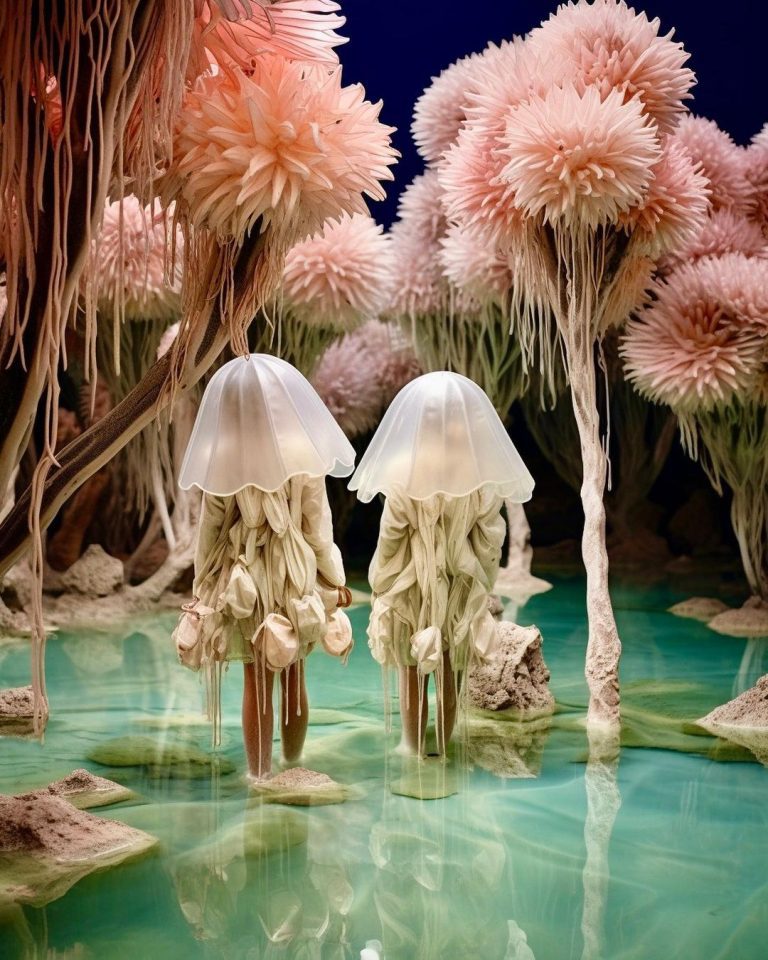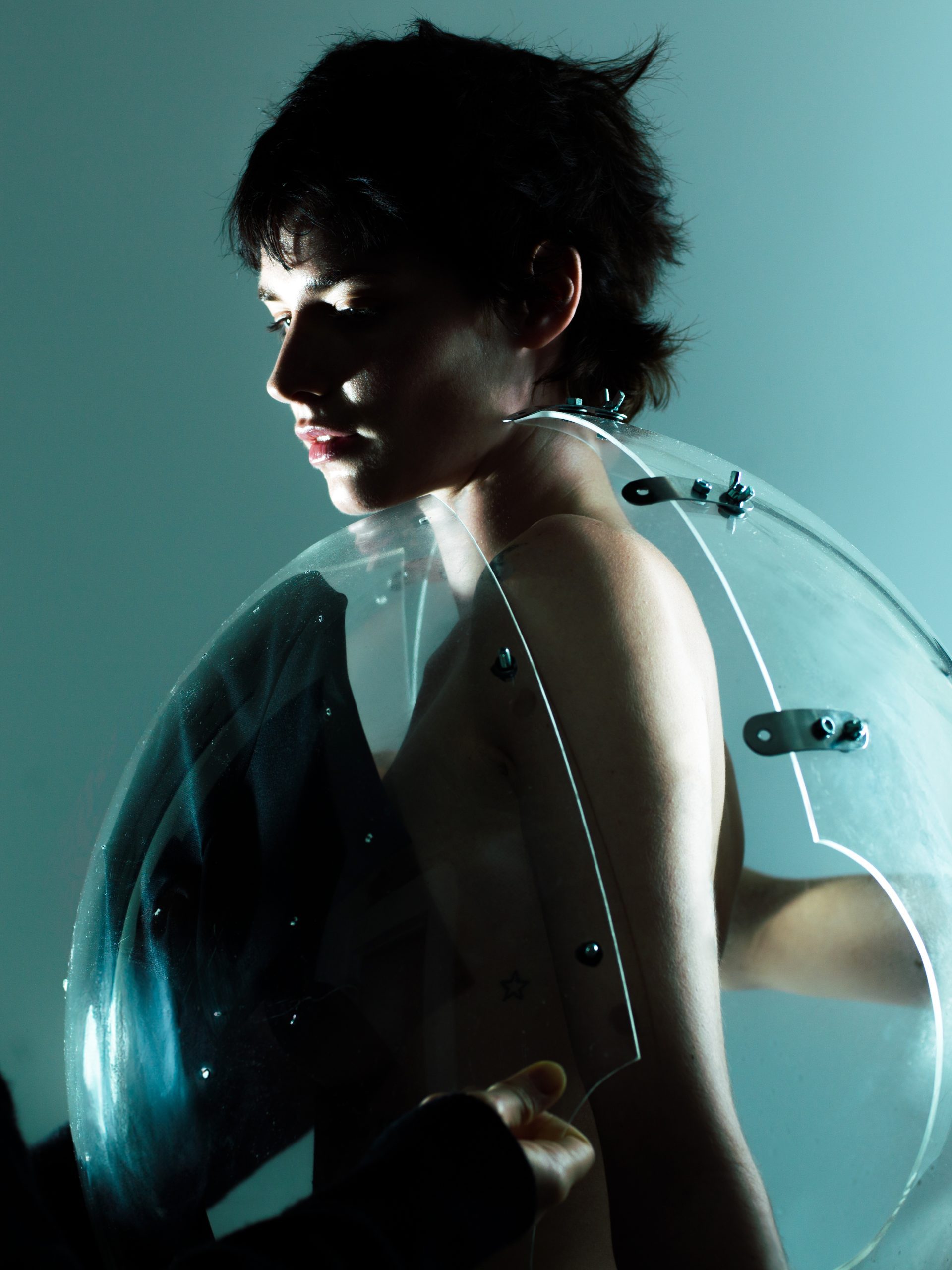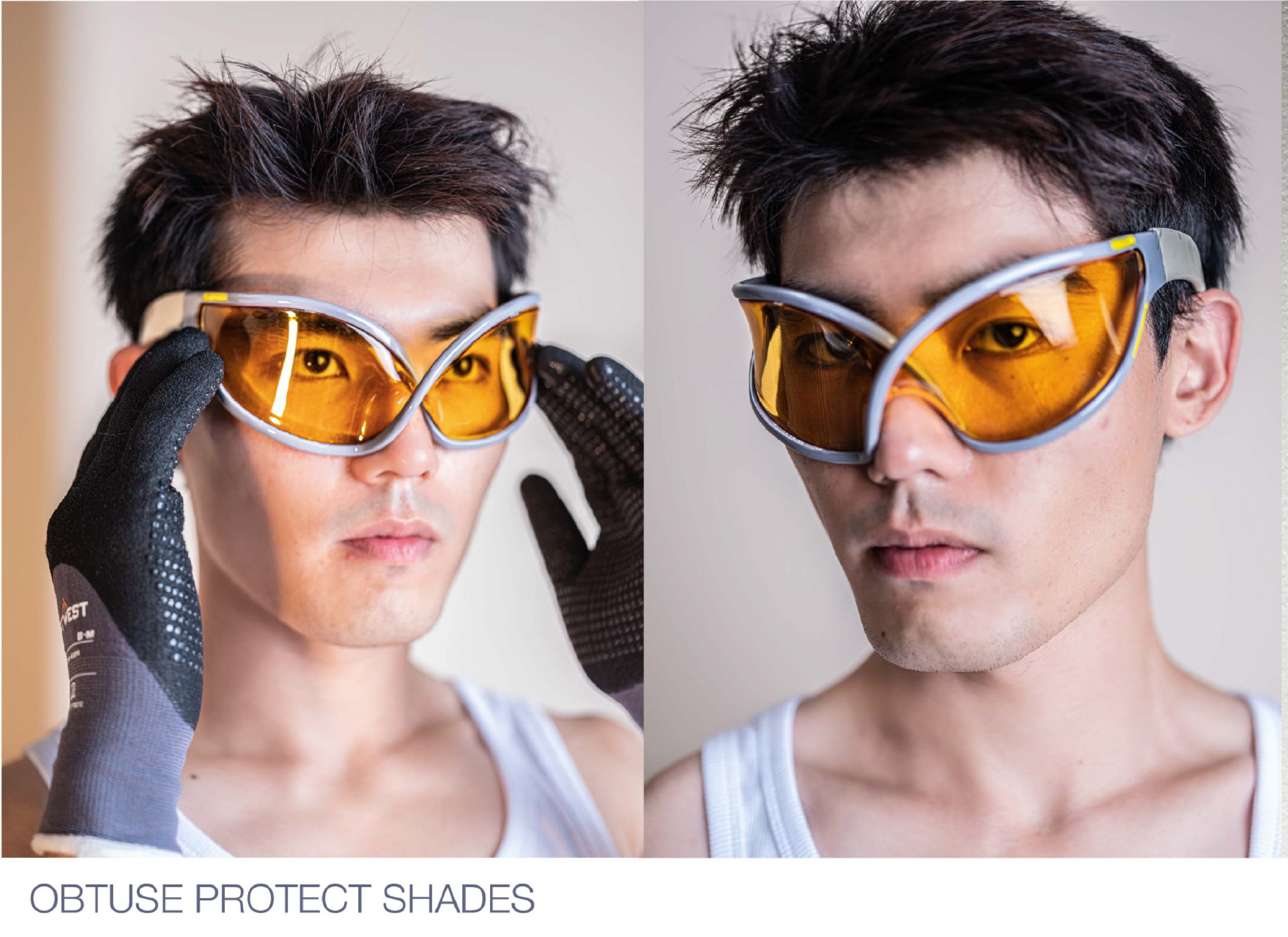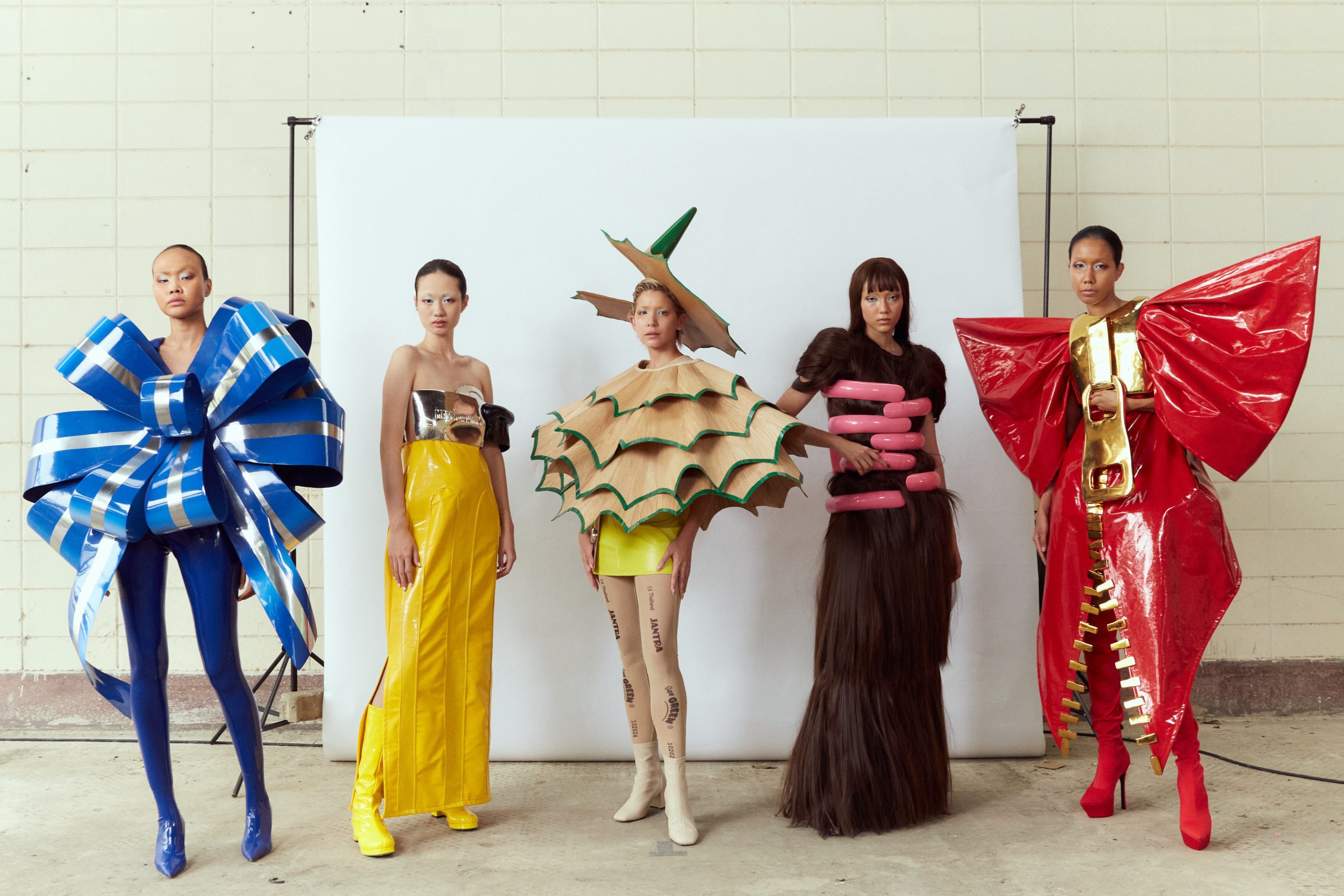AI Authenticators, Collectors and Curators. Who do you trust?
Artificial Intelligence has crept furtively into every cranny of every sector. But, the art space, bubble wrapped in its own sense of prestige and academia, has been somewhat impermeable to tech up until recent years.
With the level of artificial intelligence we have been able to formulate, the argument to pedestal the human eye, and human opinion has fallen flat. The leading voices of the creative worlds are having to flex and incorporate machinery into their practices, something that at first can seem uncomfortable. The transition has perhaps been slow because of the fear that AI bots may end up completely displacing collectors, experts and artists in this field, and that like with other industries, long learnt skills can become synthesized scarily quickly into computer programming.
But to what extent will AI hold a new position in the art world? And how rapidly will computers dominate a brush and canvas industry?
Interpreting Art As Data
The most blatant way that AI has become integrated in the art world is its use within the area of authentication. A role currently carried out by high level academics, who have spent years studying the tendencies and patterns of different artists, AI robots are now able to identify artwork quicker and more accurately.
When programmed with endless data sets from which to draw comparisons, the quality of AI authentication is unmatched. That being said, the art world was recently stirred when two different AI systems disagreed about the origins of a work. This begs the question — are all AI is created equal?
Last year, a painting known as de Brecy Tondo Madonna, was authenticated as a genuine Raphaele, by a machine learning system developed by the Bradford Group. But, in October, a new AI system called Art Recognition, claimed to be 85% certain that the work was in fact not a labour of Raphaele. The disagreement created somewhat of a ruckus amongst the art world, who began to question whether all AI integrations can be trusted, and if humans are too quickly placing their faith in underdeveloped AI that hasn’t had rigorous questioning.
Was this event testament to AI’s discordance with the art world, and evidence that we shouldn’t put all our faith in machines?
Upon review, it was found that the two systems work completely differently in their methods of authentication. Whilst the Bradford model is based on facial recognition, Art Recognition looks more at the stroke style and analyzes similarity of the methods of painting rather than just the final composition. The key is that Art Recognition also uses negative examples in its analysis. It has been programmed with forgeries, counterfeits and known imitations, and analyzes these alongside positive matches. It is thus able to curate a probability assessment and not just a binary outcome when determining origin. Put simply, this second AI system is just reaping answers from a wider and deeper data set.
The instance was a necessary lesson for the art world that flags the need to maintain caution and rigor when leaning into the newest tech.
Donier Gaibov, founder of UniWeb, and an entrepreneur who is charting the collision of tech and the creative industries, told GLITCH “We must be careful and very attentive when working with AI, we should not blindly believe the results of its work. Data may be inaccurate, but this does not mean that it is impossible to use it”, suggesting that it is necessary we apply a nuanced understanding to AI integrations. He further expanded on why getting to grips with the limitations of AI accuracy and ethics is necessary, citing the recent protests of the Director’s Guild in Hollywood as a prime example of how the creative industries need to be tactical as they experiment with this new dimension.
Is AI Replacing Jobs In The Art World: The Fear-Mongered Debate
There is certainly a wide-spread fear mongering that AI will oust all humans from their existing occupations, but when it comes to the creative sectors, how true is this claim, and should innovators be more or less worried about the imposition of AI?
The key is that a large proportion of AI modeling is frankly carried out on human studied information. The data sets that these machines work on have been devised by, and combed through by, none other than human minds. There is a pertinent truth, contrary to popular debate, that AI doesn’t actually pose a threat to art connoisseurs, but in fact is dedicated to complementing experts and streamlining their methods.
Like Art Recognition has become more powerful than the Bradford AI system, human learning and understanding currently sits somewhat in tandem with AI learning and understanding. Maybe not in tandem with the understanding of your average onlookers, but in tandem with the understanding of the experts of a given field. In many ways, AI and human knowledge is complementary to one another.
AI also has huge capabilities to really improve the way art is interacted with, distributed and disseminated. Asides from authentication, there is a real use for AI to help with monitoring the market.
Using technology to predict trends, chart market fluctuations, track public figures and activity, and unbiasedly track behaviour, can have a profound impact on the industry. Arguably, AI can make the artworld more accessible, and as such democratic.
Sang Tanzer, founder of Sang.art, a German born AI geared art market, believes that AI can increase consumer and public access to often hidden art information. It can help them to decipher existing data, and aid decision-making, around buying and selling art and becoming involved with this often niche and exclusive sphere of the world. . “I want to democratize and bring transparency to the art market, because 99% of art lovers have no knowledge about the reasons to buy art as an investment,” he said in an interview for Artsy.
The Down Low : GLITCH’s Take on AI Entering The Art World
AI is certainly becoming rapidly recruited in the art world, but it seems to GLITCH that there is an abundance of media polarizing this phenomenon, suggesting its incorporation is either wholly positive or wholly negative. Words such as “replace”, “threaten” and “wipe out” too readily dominate the headlines and reporting on AI developments, or else the narrative contrastly boasts of the “revolutionary” and “transformative” power of this tech.
The reality is that, like most progressions and integrations, AI’s presence is a nuanced reality that we are learning to navigate. Creatives need to ditch the all or nothing tendencies, and learn how they can sequentially integrate AI into new working methods, new working structures and ultimately new creativity. GLITCH had the pleasure of touching base with Joe Walker, owner of Symboli, a 3D animation studio experimenting with AI in its practices, and arguably someone who is on the frontline of this developing industry. Walker perhaps summated this necessary shaded approach perfectly, concluding that as AI develops and takes on more recognisable forms, us as humans will grow to be more equipped in relating with it. He suggested that in removing the massive amounts of time we spend on redundant tasks, AI might actually allow more time for human creativity to spawn, allowing us to work smarter and faster.
The bottom line seems to be that there is room for everyone in the art world, but how humans and technology blend together is the untrodden path, and may the best roadmap win.
Written by Hebe Street from GLITCH Magazine





